Why Strategic Hooks Matter in MedTech Marketing (And How to Write Them)
If your content isn’t performing, the issue often begins at the very top, literally. The opening line, the first three seconds, the first phrase your audience sees, these are the moments that determine whether someone continues reading, clicks your LinkedIn post, opens your email, or engages with your video.
No matter how compelling your product or offer may be, without a strong and strategic hook, your message will be overlooked.
In our experience, a well-crafted hook can triple engagement, reduce ad spend by half, and transform underperforming content into high-impact assets.
Here’s how to write effective hooks that prompt action, plus three proven frameworks you can apply immediately.

Why the First Three Seconds Matter
Today’s digital attention span averages less than three seconds, a reality supported by data from Meta, YouTube, and TikTok.
Audiences do not engage based on product quality alone. They respond to the initial emotional or intellectual pull, whether it triggers curiosity, recognition, urgency, or relevance. Whether you’re a MedTech startup competing in a saturated market or a founder working to build visibility, those first few seconds are crucial.
Hooks are not optional. They are the gateway to engagement.
The Psychology Behind High-Performance Hooks
Effective hooks are not about cleverness. They’re about clarity and psychological alignment.
The most impactful hooks consistently leverage core human drivers:
- Curiosity: “What’s the catch?” or “Why haven’t I seen this before?”
- Self-Interest: “How does this help me?”
- Fear of Missing Out (FOMO): “What happens if my competitors know this and I don’t?”
- Identity: “This feels like it was written specifically for someone like me.”
Crafting hooks that resonate requires a deep understanding of your audience’s priorities. In the MedTech space, this might mean:
- Accelerating time to market,
- Aligning internal stakeholders,
- Or making a standout impression with investors.
If your hook aligns with those outcomes, you’ve already won the first step in the conversion process.
3 Proven Hook Frameworks for MedTech Marketing
We’ve tested and refined numerous hook formats across LinkedIn campaigns, email sequences, video content, and paid media. These three frameworks consistently produce results:
1. The “X But Make It Y” Hook
This structure reframes the familiar in a surprising way.
Example: “Traditional marketing, but with surgical precision.” (Used in a MedTech go-to-market campaign)
Why it works: It immediately grabs attention and feels tailored to a specialized audience.
2. The “You’re Doing It Wrong” Hook
A bold but effective format, this challenges assumptions while offering a path to improvement.
Example: “You’re not failing at content. You’re just writing like an engineer.” (Used in a personal brand campaign for a MedTech founder)
Why it works: It creates tension and urgency while positioning the solution early.
3. The “Outcome First” Hook
This format leads with what the audience wants most, no fluff, just value.
Example: “How our neuromuscular monitoring platform helped reduce OR complications by 30%, without adding extra steps for anesthesia teams.”
Why it works: It’s specific, outcome-oriented, and directly aligned with what hospital buyers and clinicians care about — better outcomes, less burden, and clinical efficiency.

Why AI-Generated Hooks Often Miss the Mark
As copywriter Ava Jurgens observes, “AI tools can write hooks, but they rarely understand tension.”
That insight matters.
Many AI-generated hooks sound like this: “Unlock the power of innovation for your MedTech startup!”
While technically sound, they’re emotionally flat and generic. They fail to convey empathy or urgency, two elements essential to effective messaging.
While AI tools like ChatGPT can support brainstorming, the final hook must pass a human filter:
Does this reflect what our audience truly cares about?
Would this stop a busy hospital executive or surgeon from scrolling?
Our guiding principle:
If your hook could apply to anyone, it won’t resonate with the right ones.
The Strongest Hooks Start With the Outcome
Great copy begins at the end, with the outcome or transformation your reader is striving for.
What’s at stake if they don’t act? What’s the real value if they do?
If you’re trying to:
- Convince a hospital executive to pilot your solution,
- Win the attention of a hesitant investor,
- Or attract high-caliber talent to your growing team,
…then your hook must lead with precision, not generalities. Speak directly to what matters most and lead with the results they want to see.
Common Mistakes to Avoid in Hook Writing
Even well-intentioned messaging can fall flat if the hook is:
- Too vague: “We’re excited to share this” offers no value or intrigue.
- Too clever: Overly complex wordplay dilutes clarity.
Too self-focused: Make the hook about the reader, not your brand or product.
Why This Matters for MedTech Startups
For early-stage MedTech companies, every impression counts, whether you’re deep in go-to-market execution or preparing for a funding round.
A strong hook can:
- Increase open and click-through rates,
- Improve performance across paid and organic channels,
- And accelerate clarity and traction across your communications.
Need help crafting hooks or messaging that actually converts?
👉 Contact Tribe Agency today!
Want deeper insights on copy, brand, and go-to-market strategy?
Listen to the Leadr Podcast, designed for MedTech teams scaling with speed and precision.














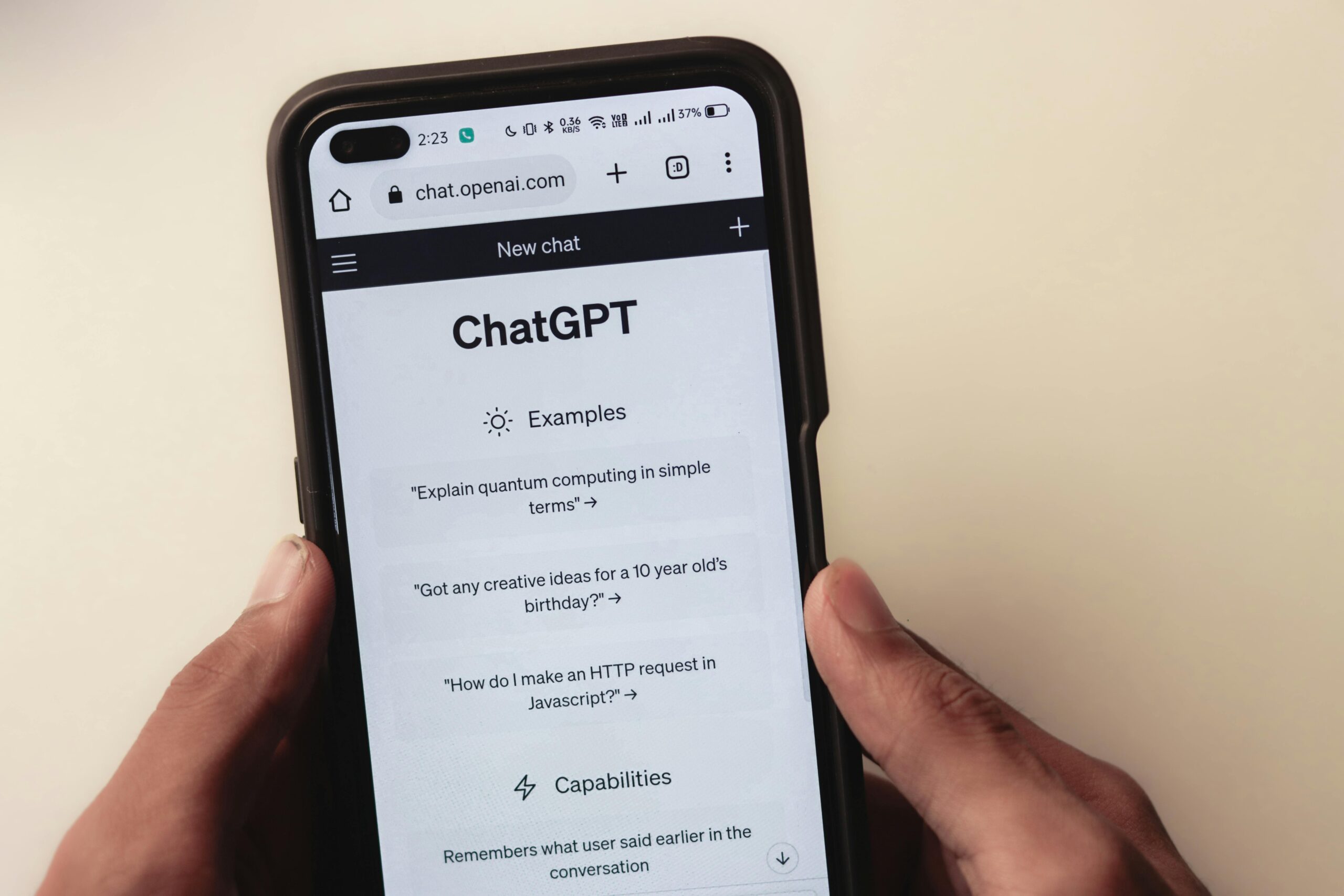


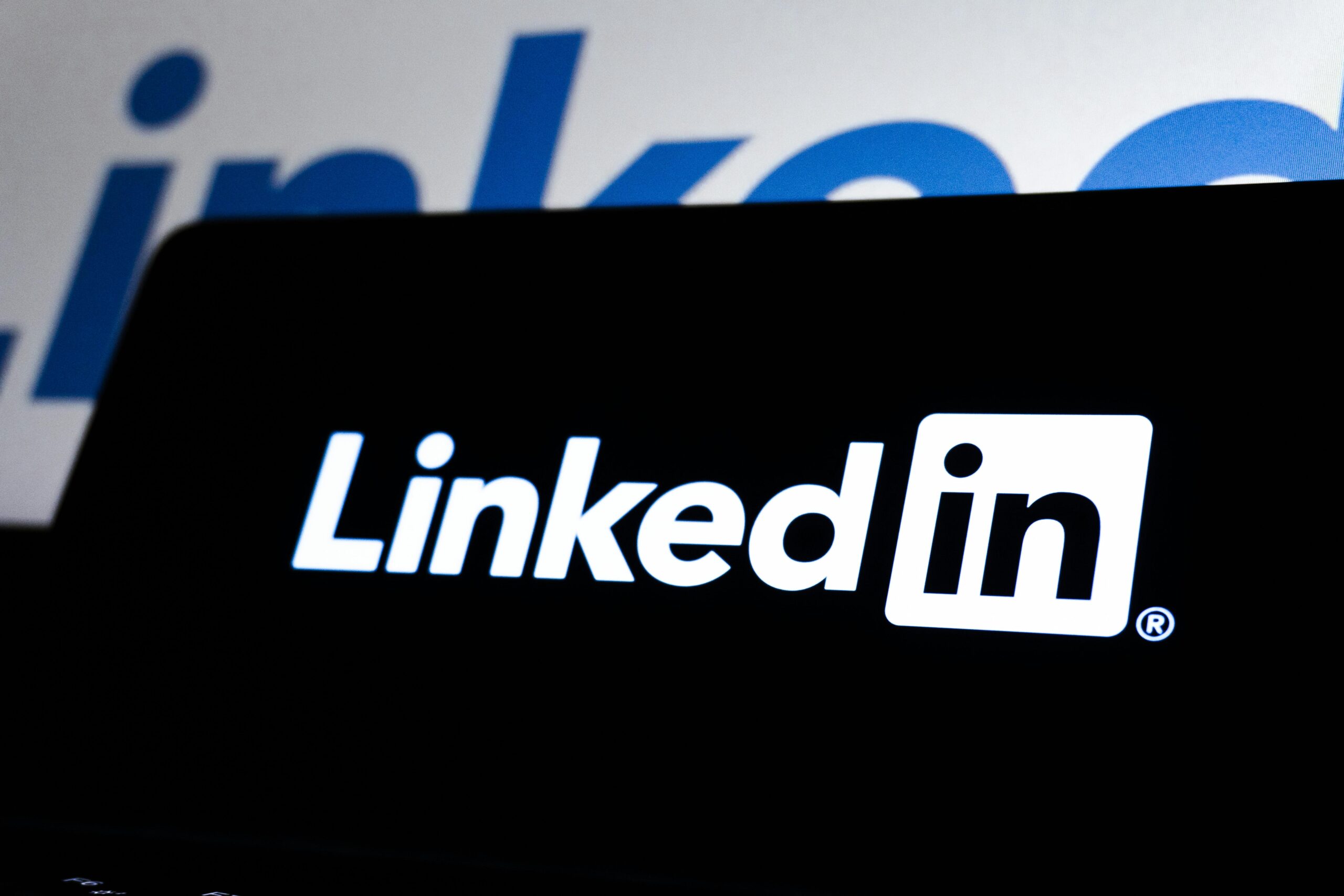









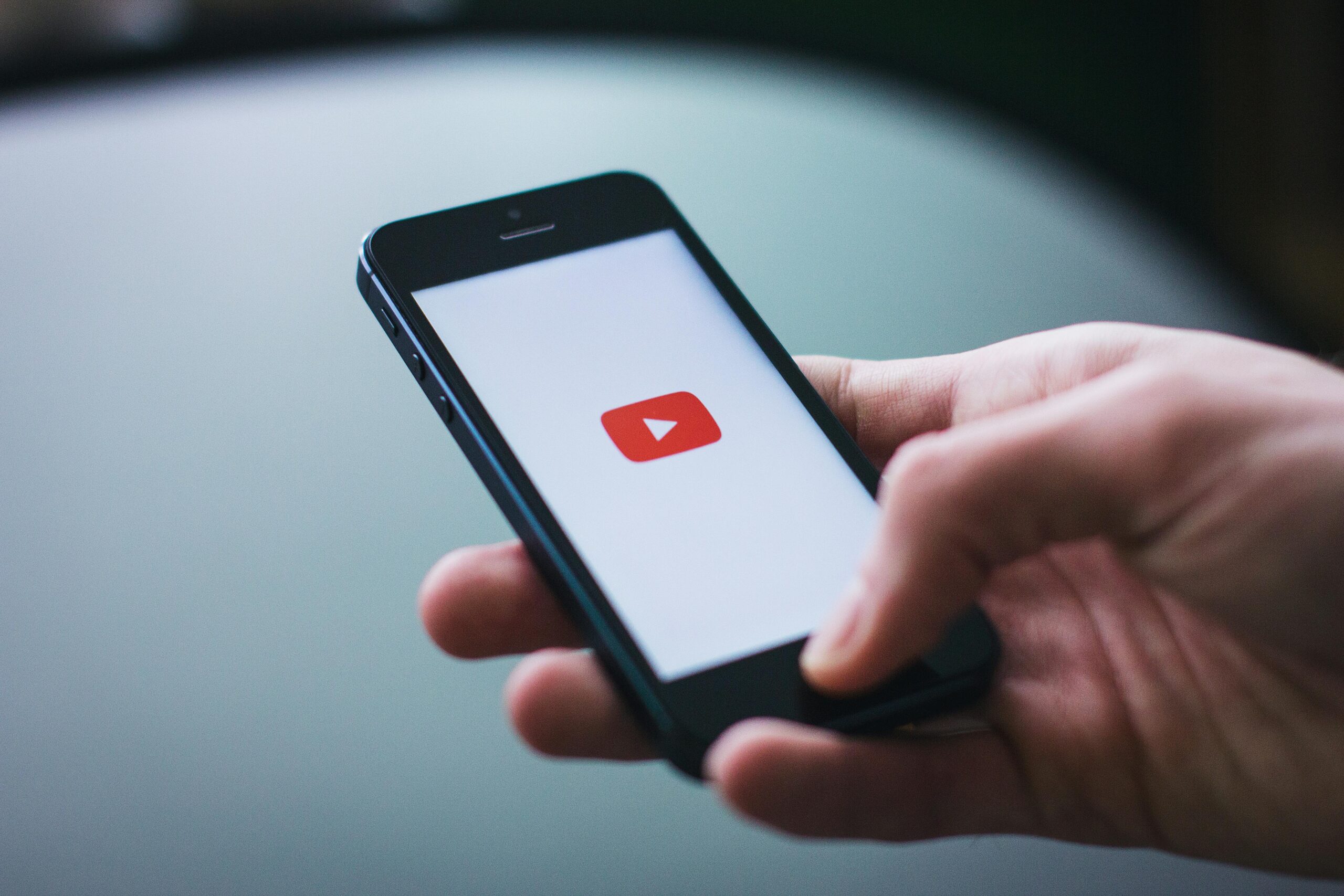










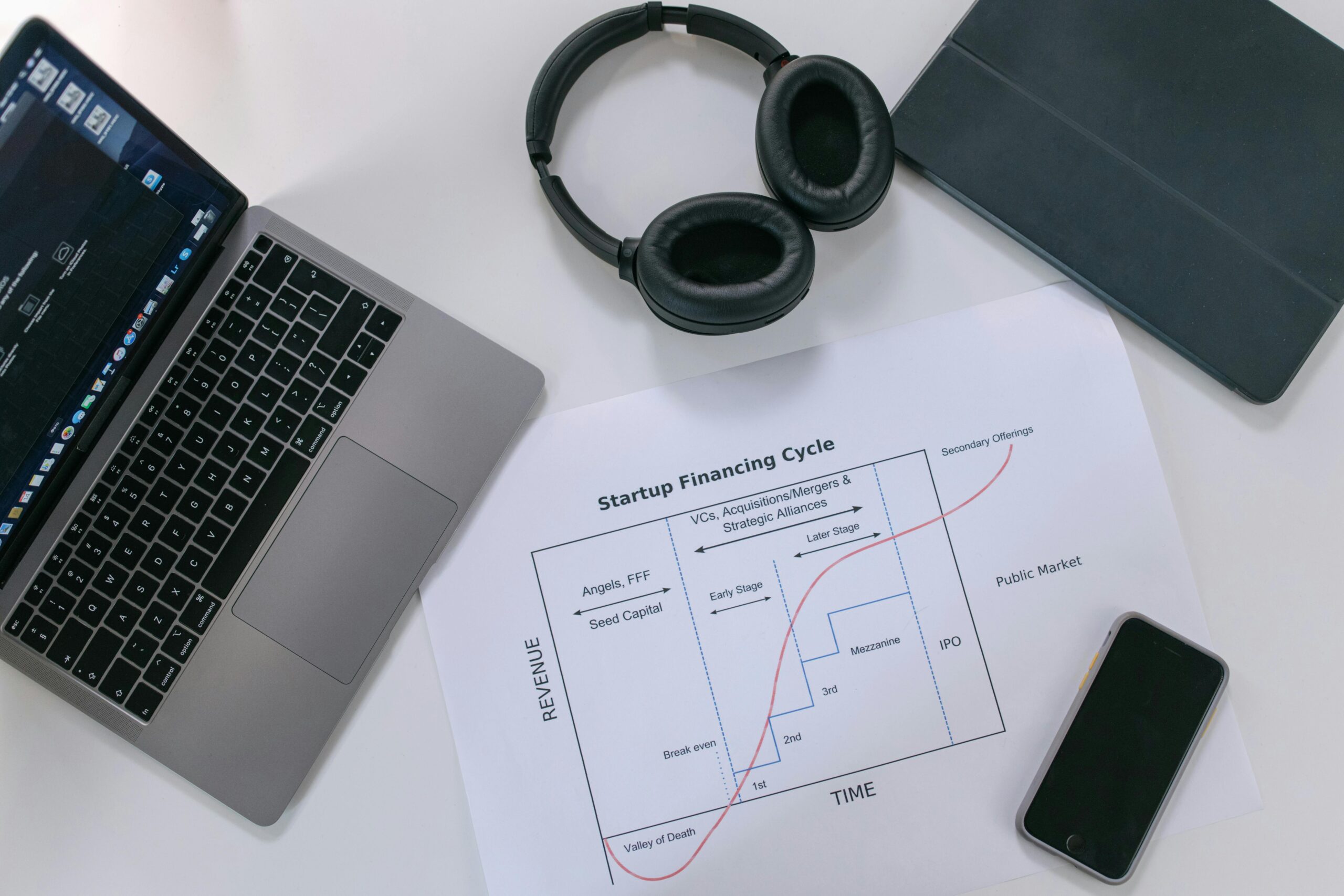








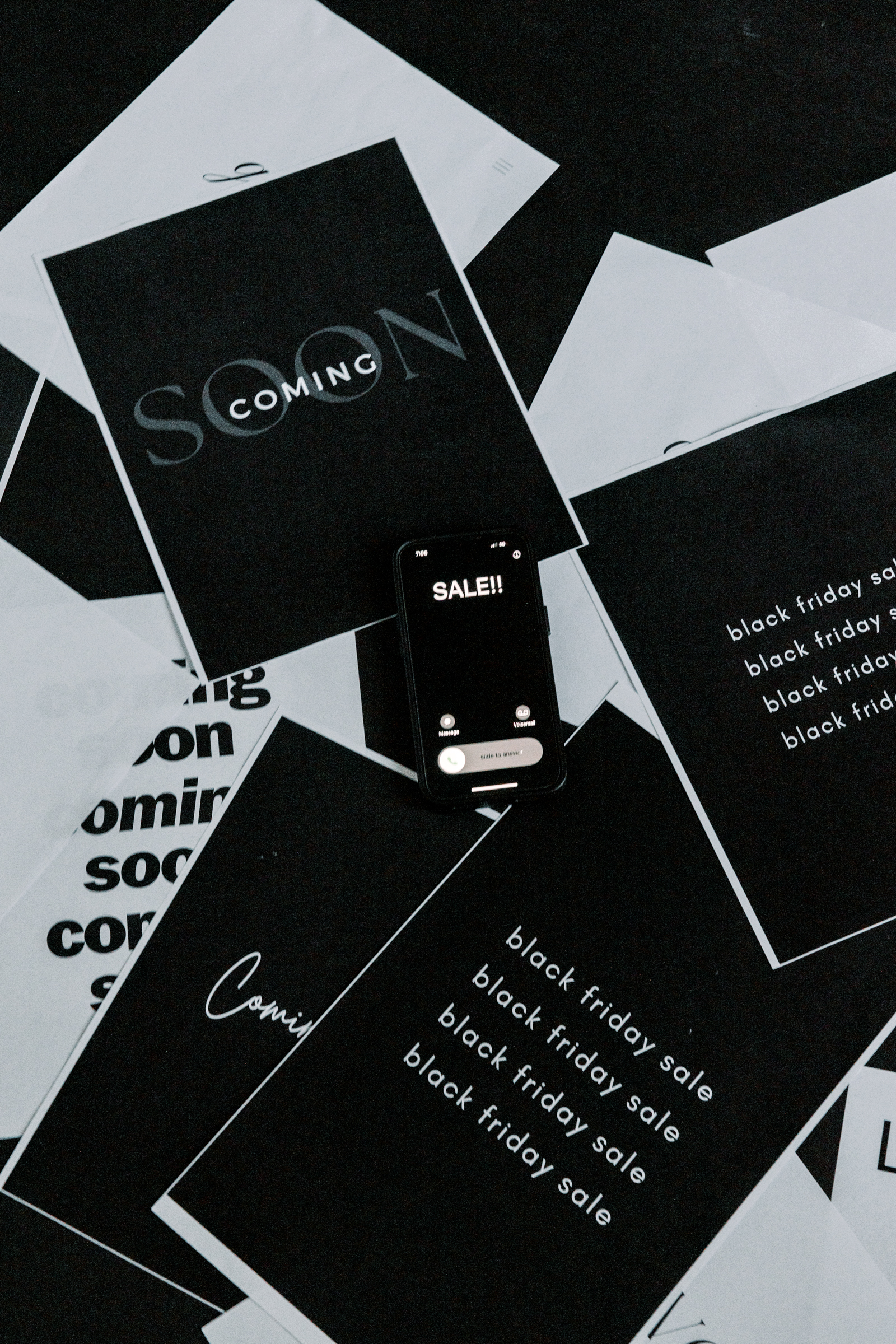










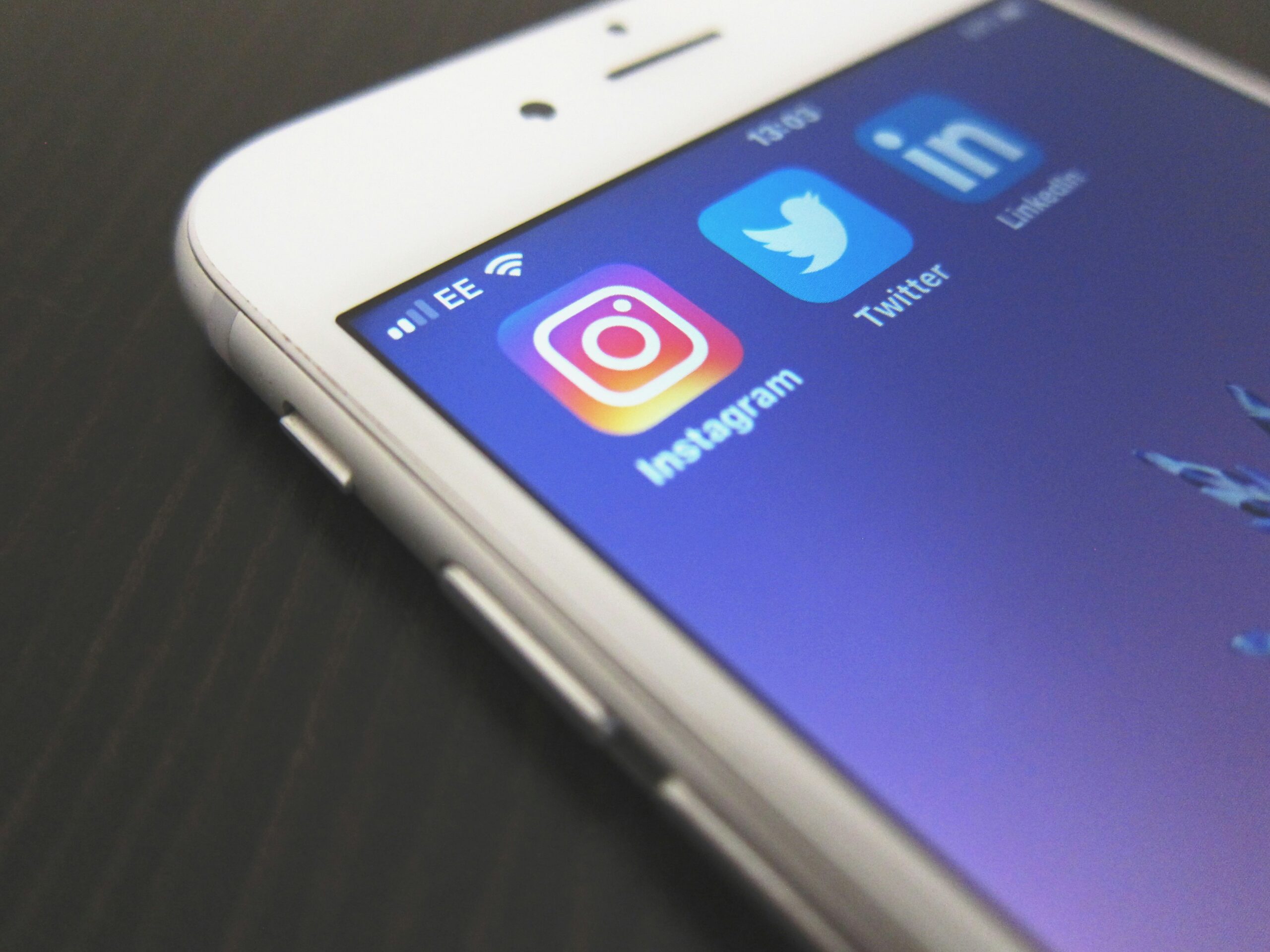






Read the Comments +